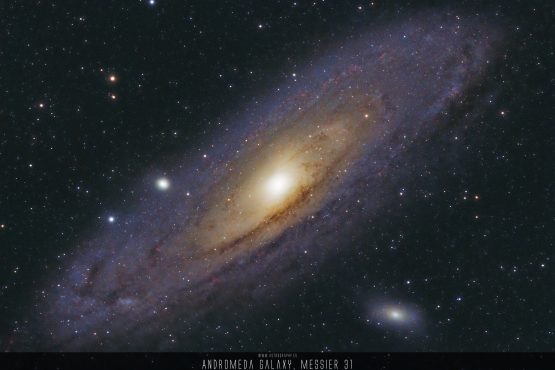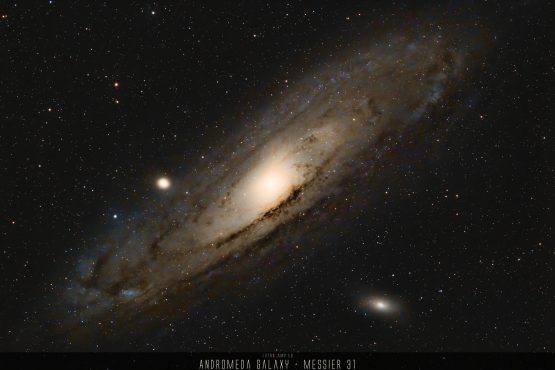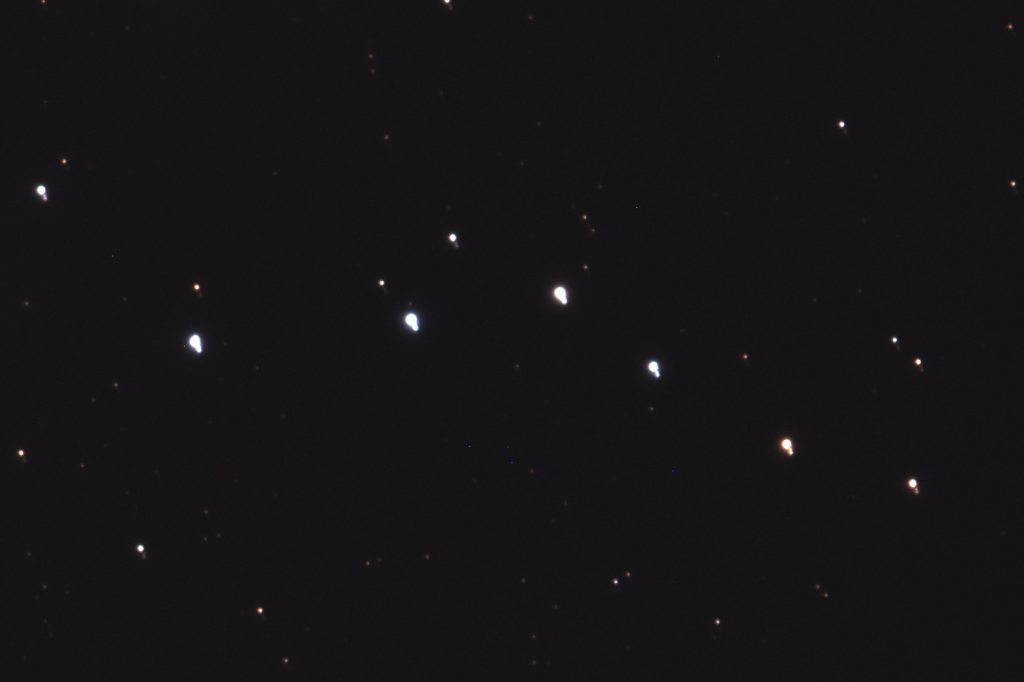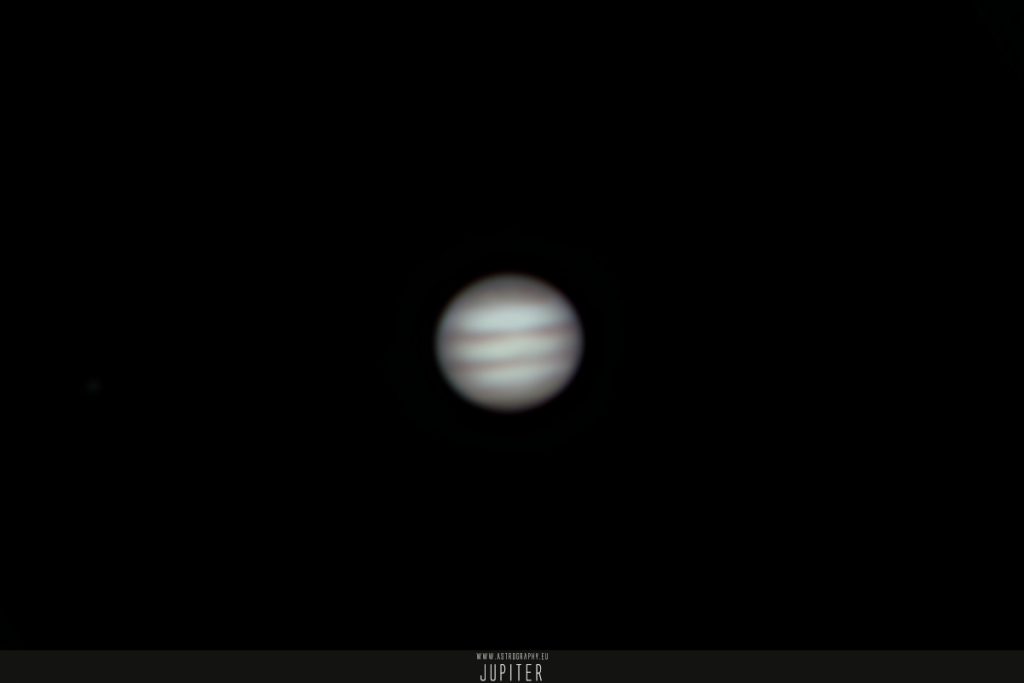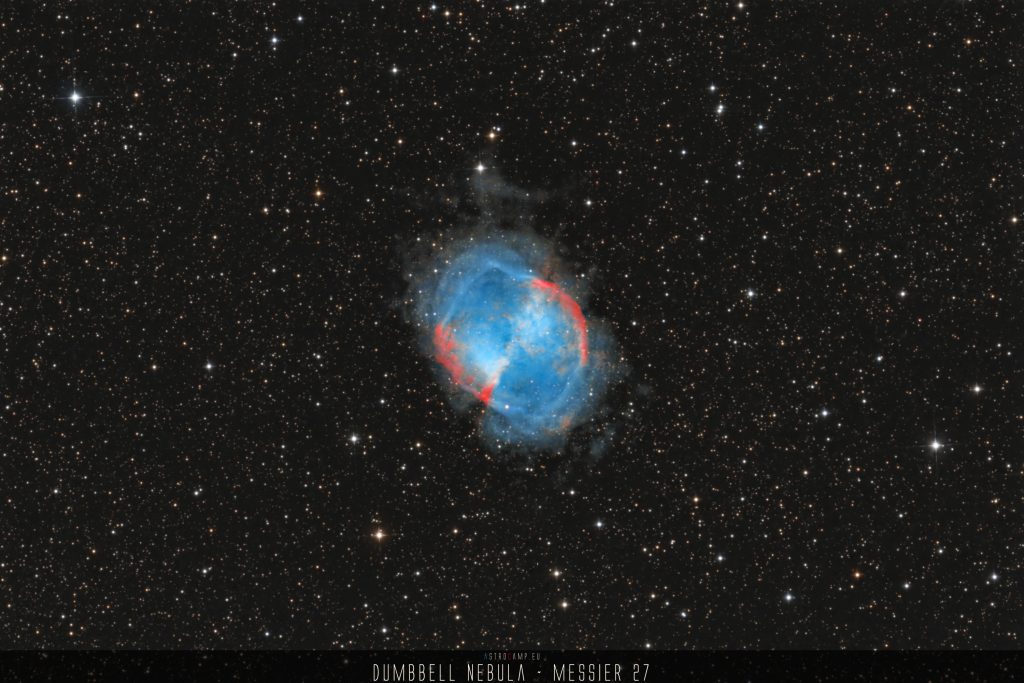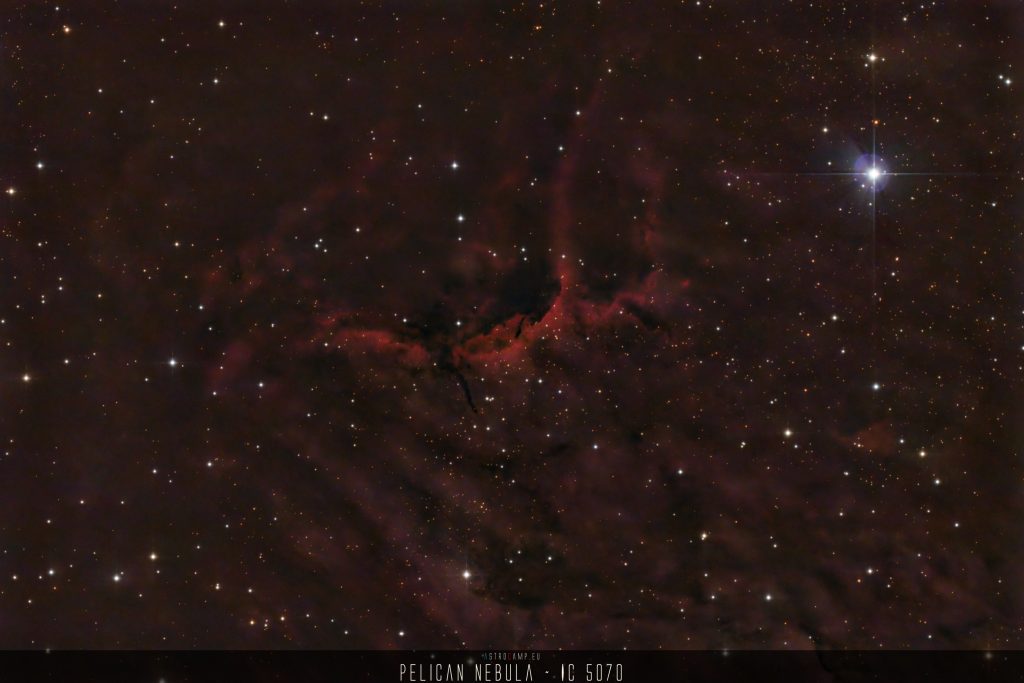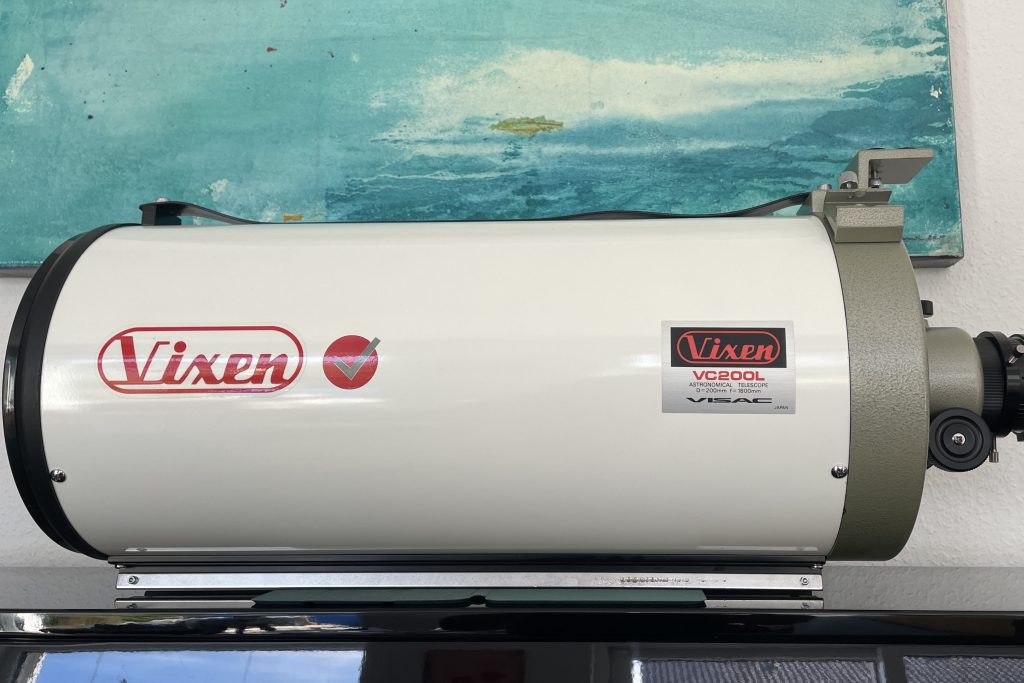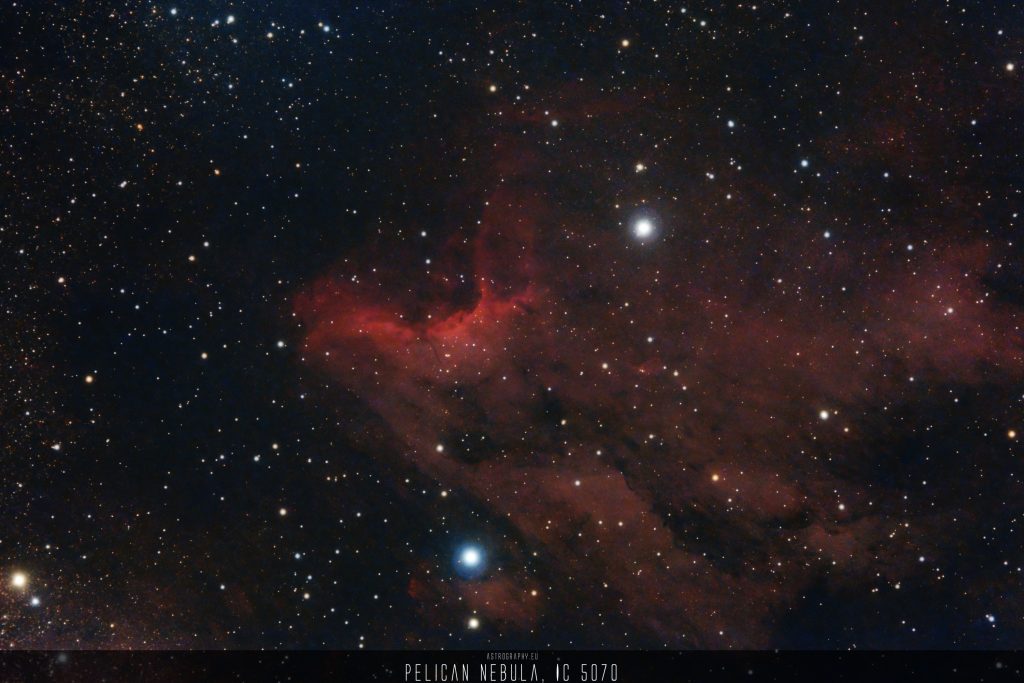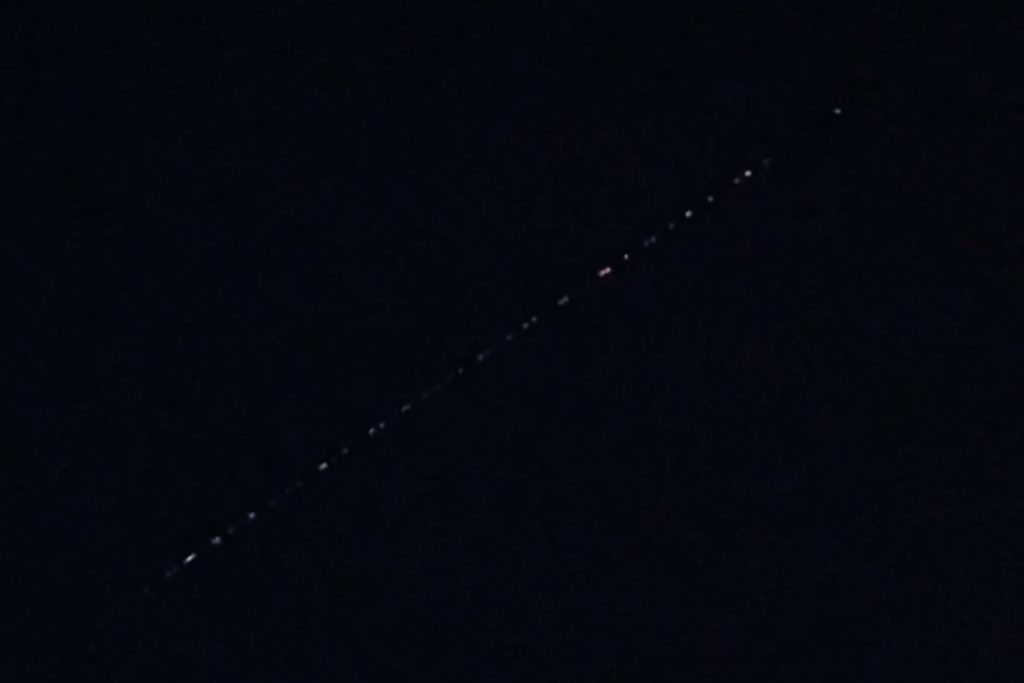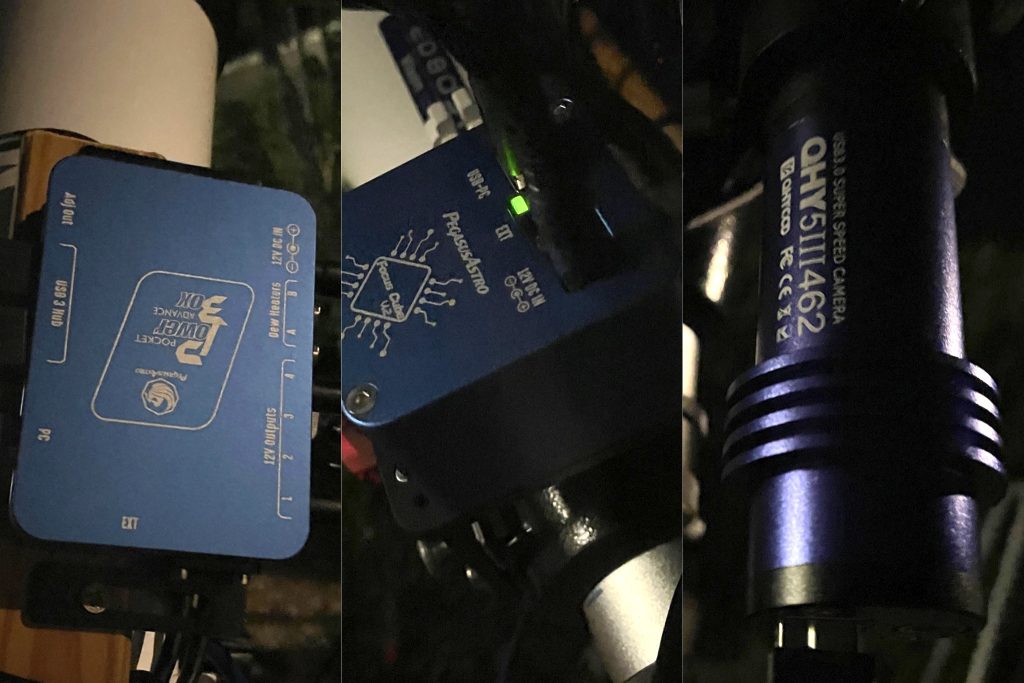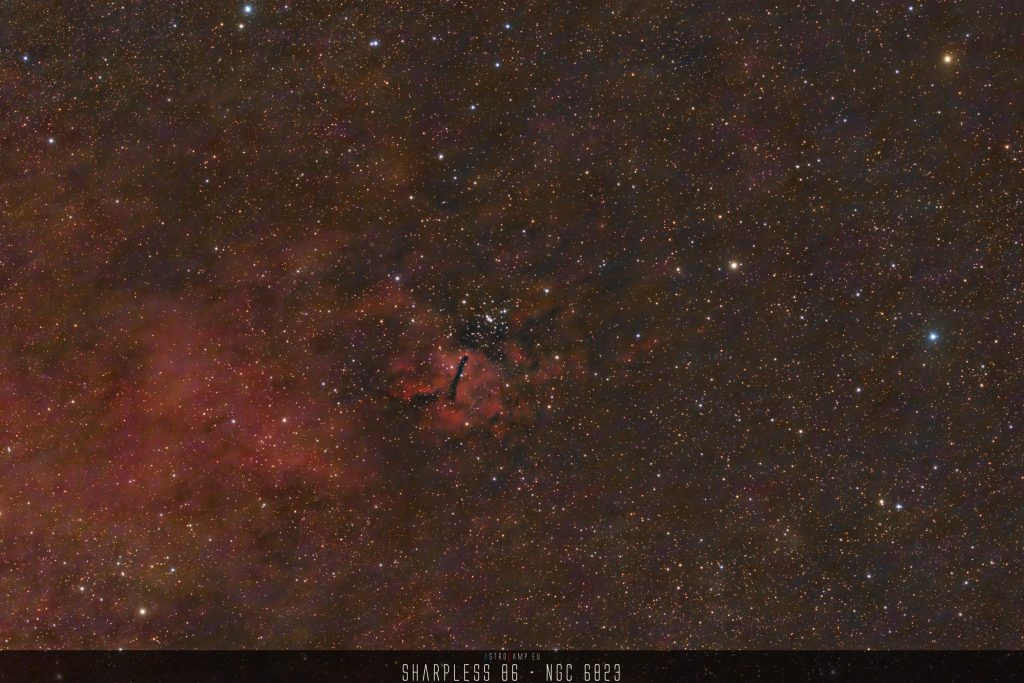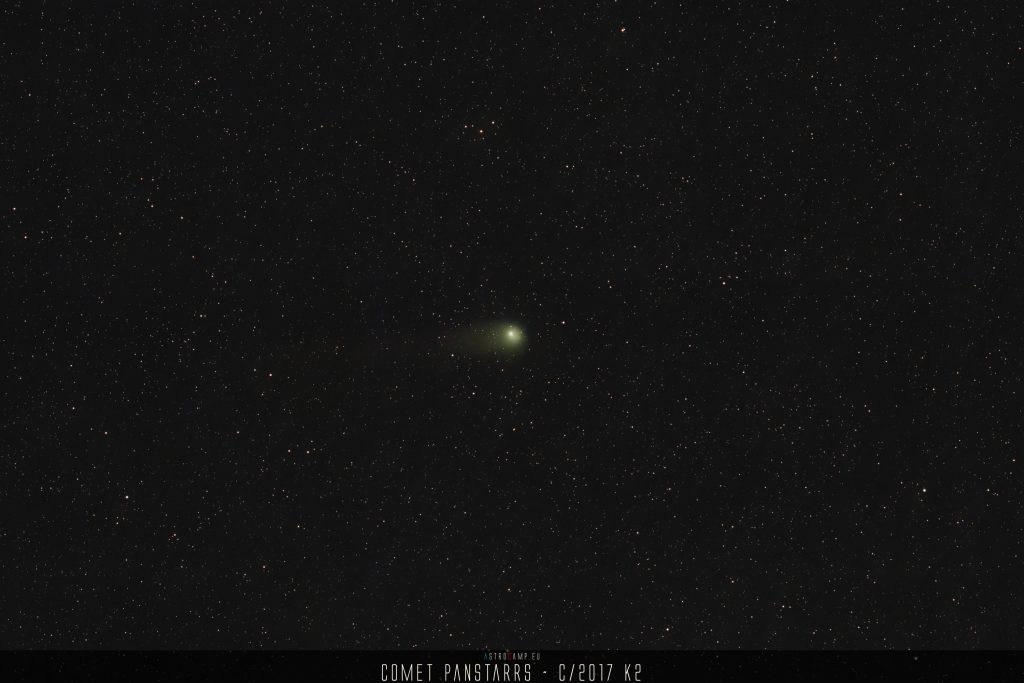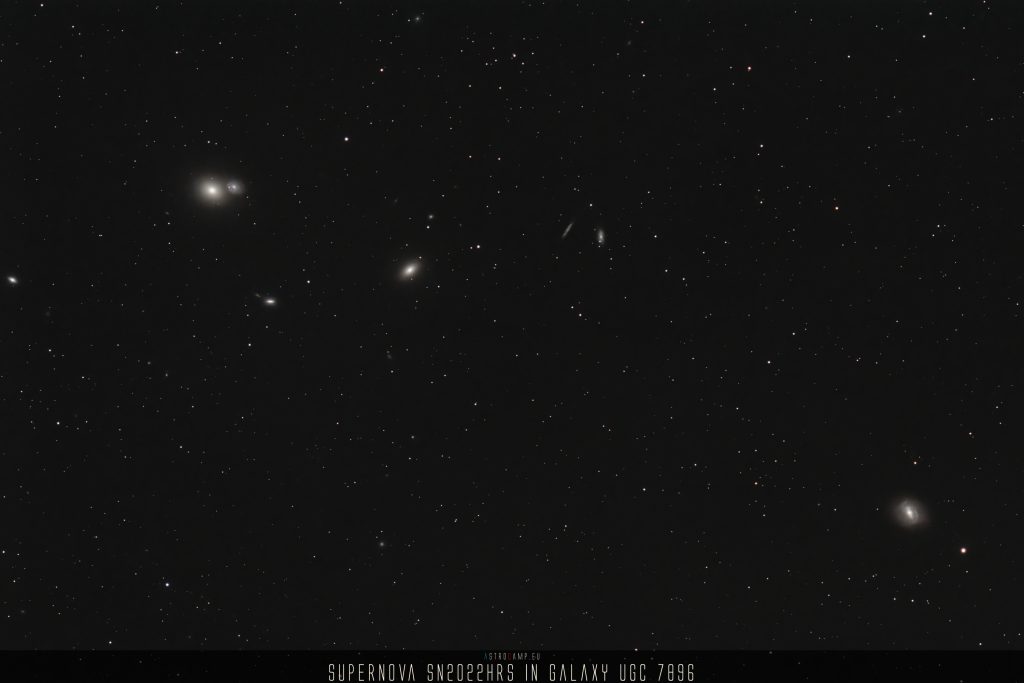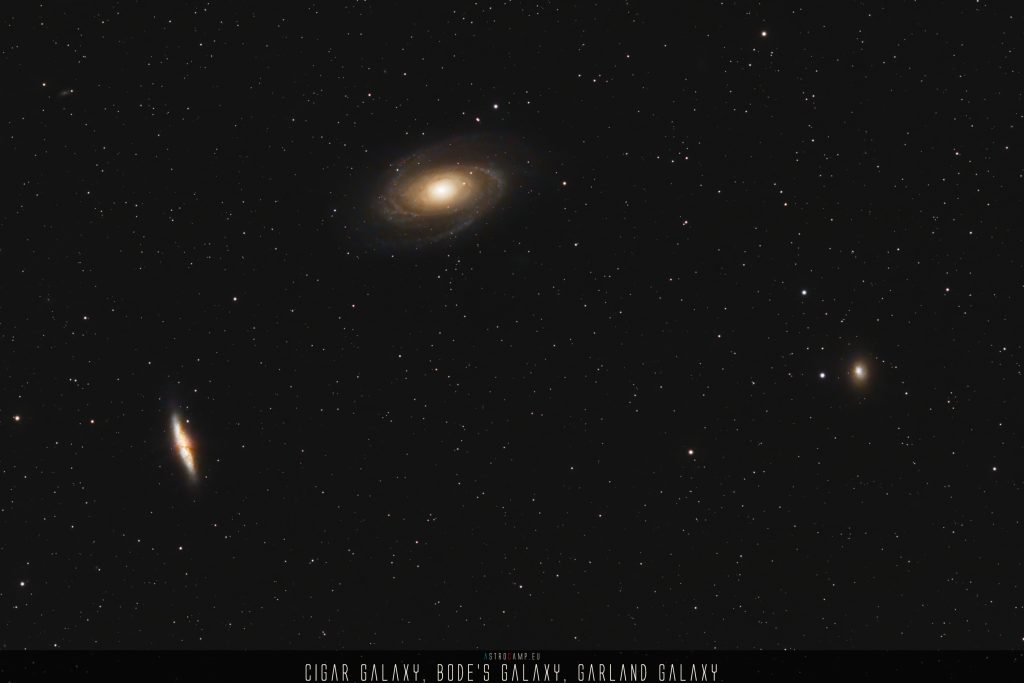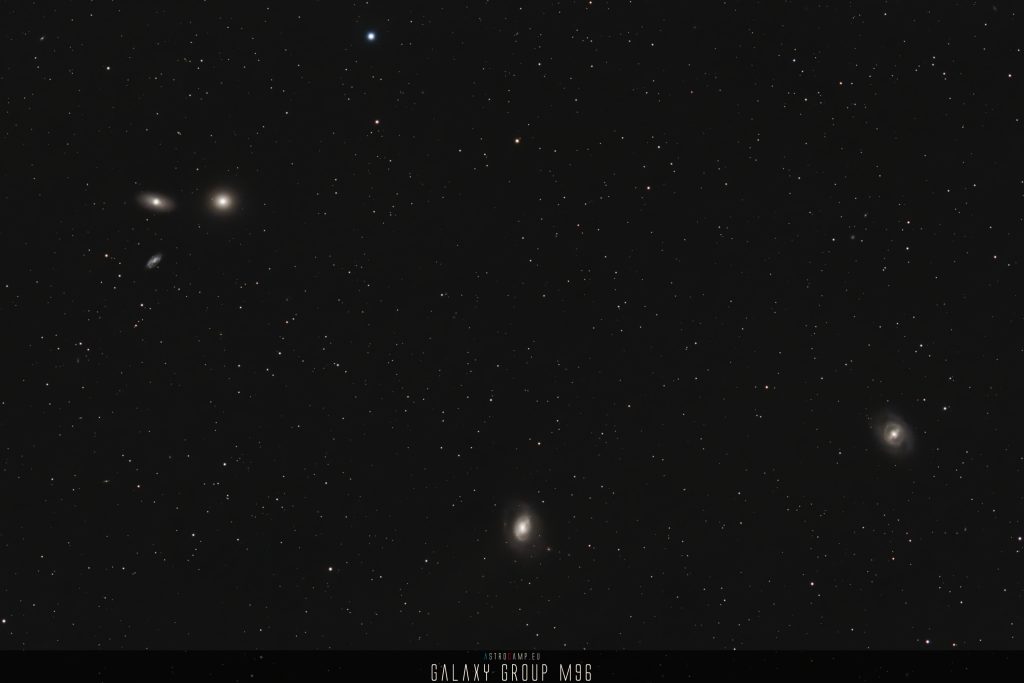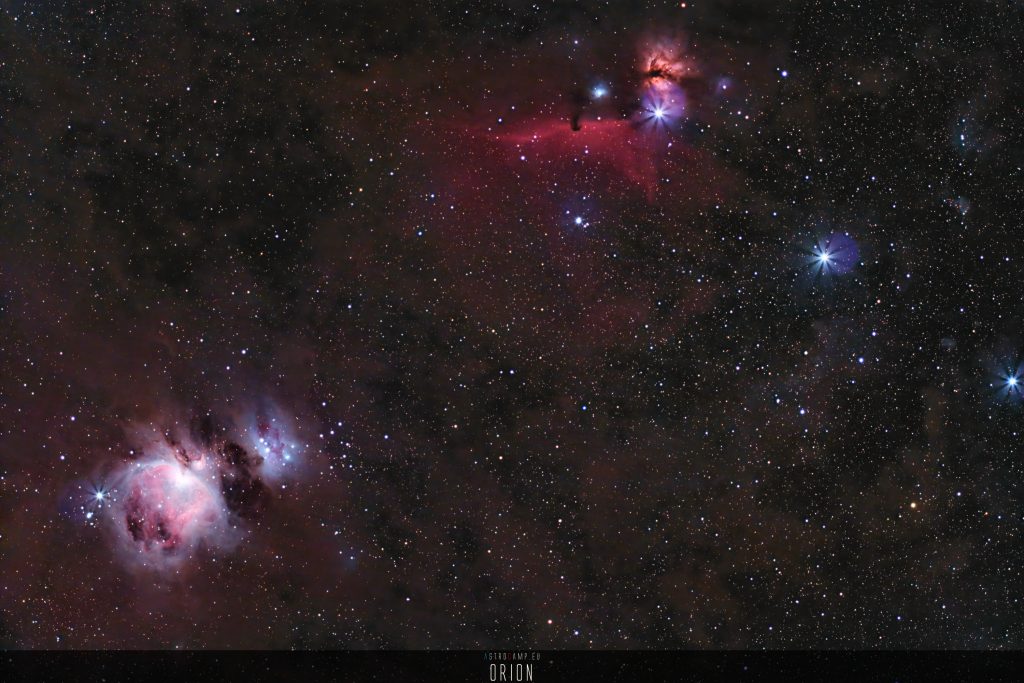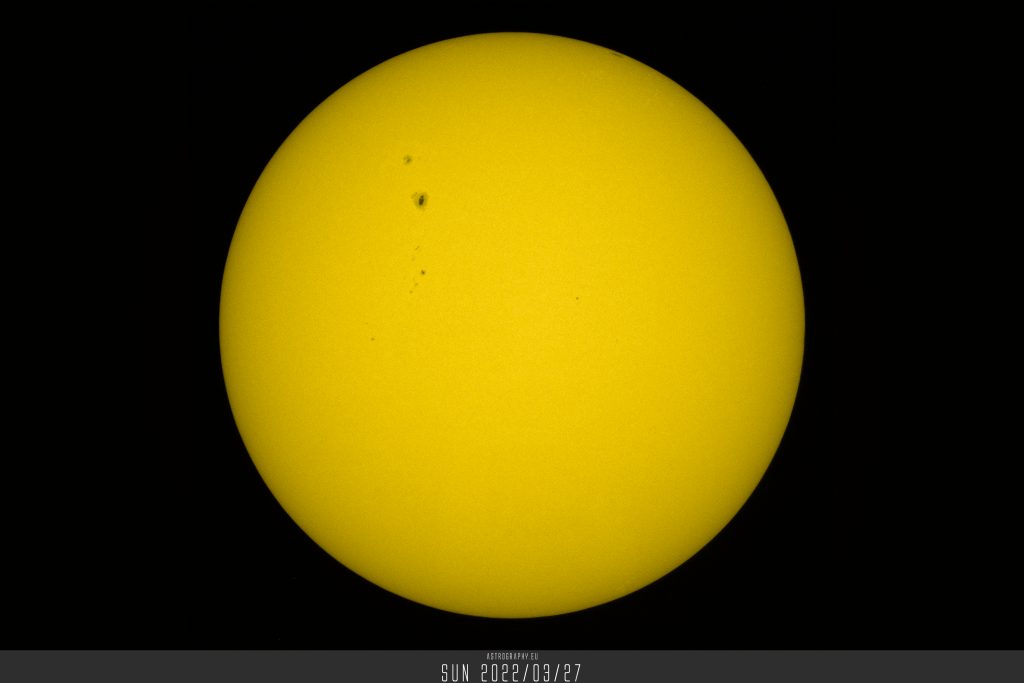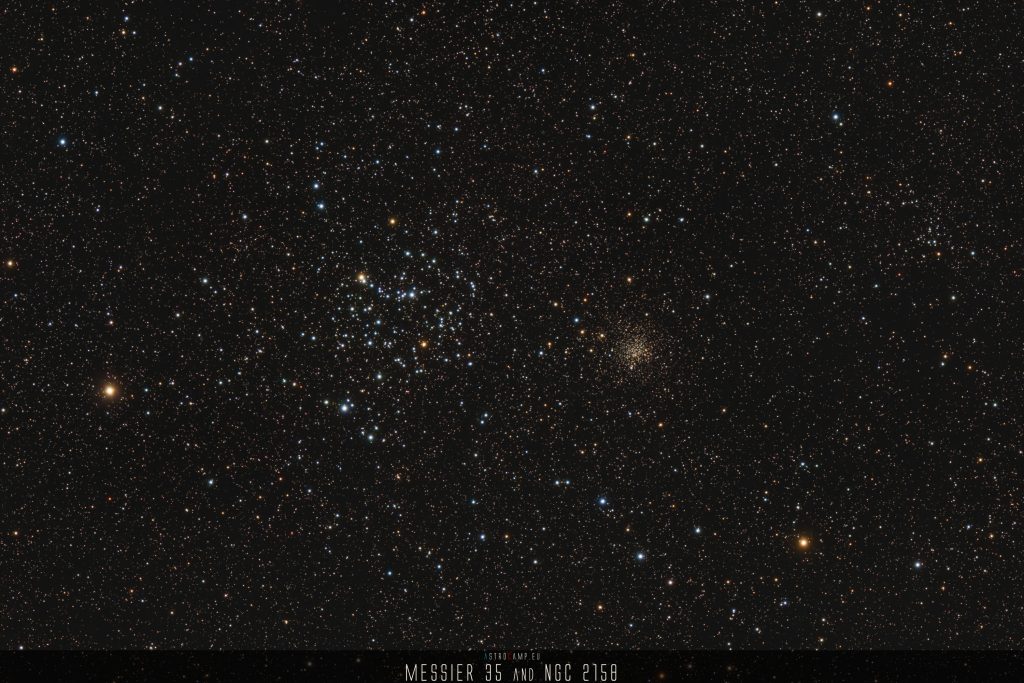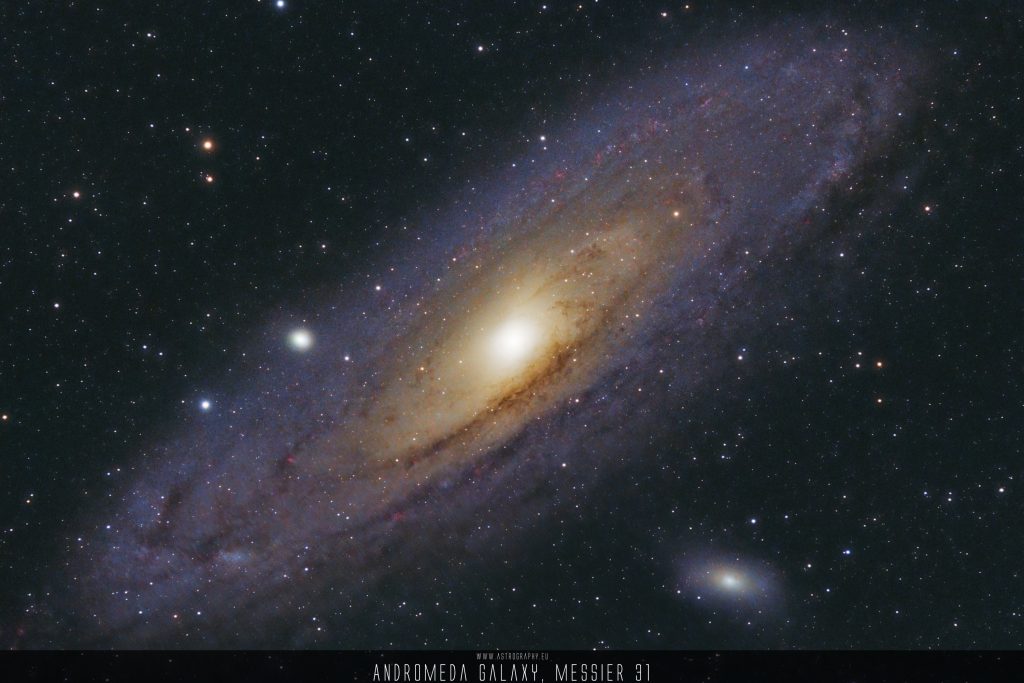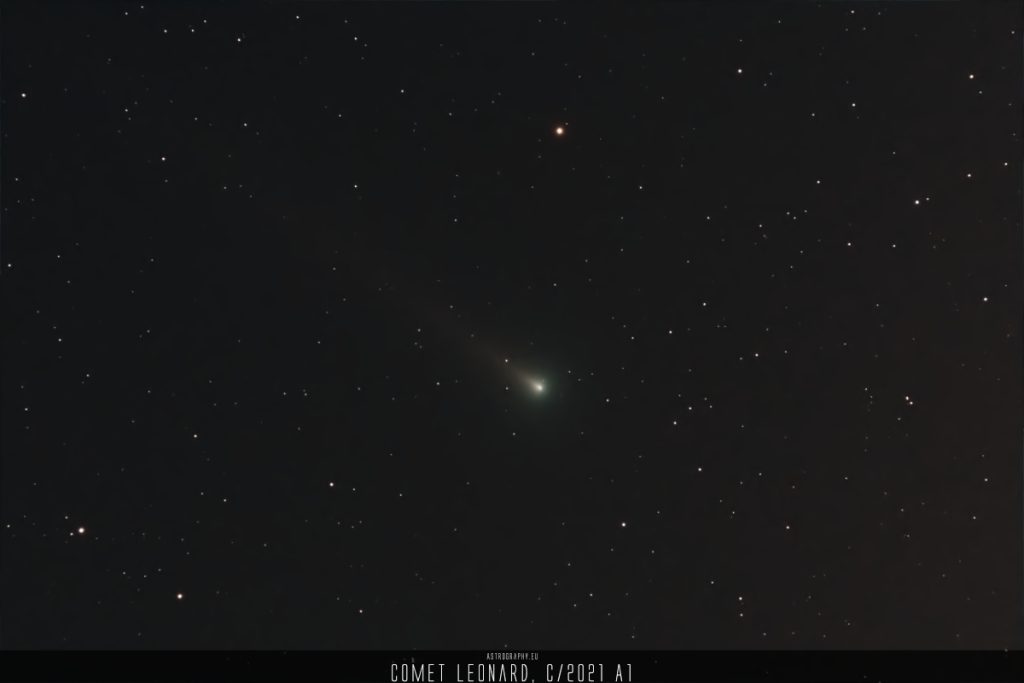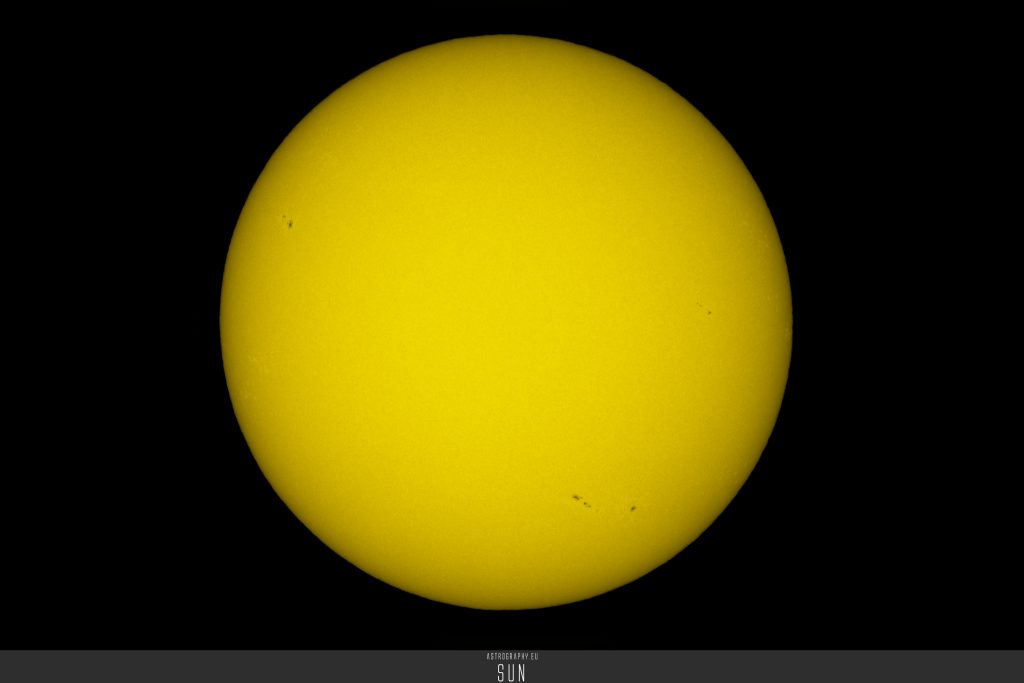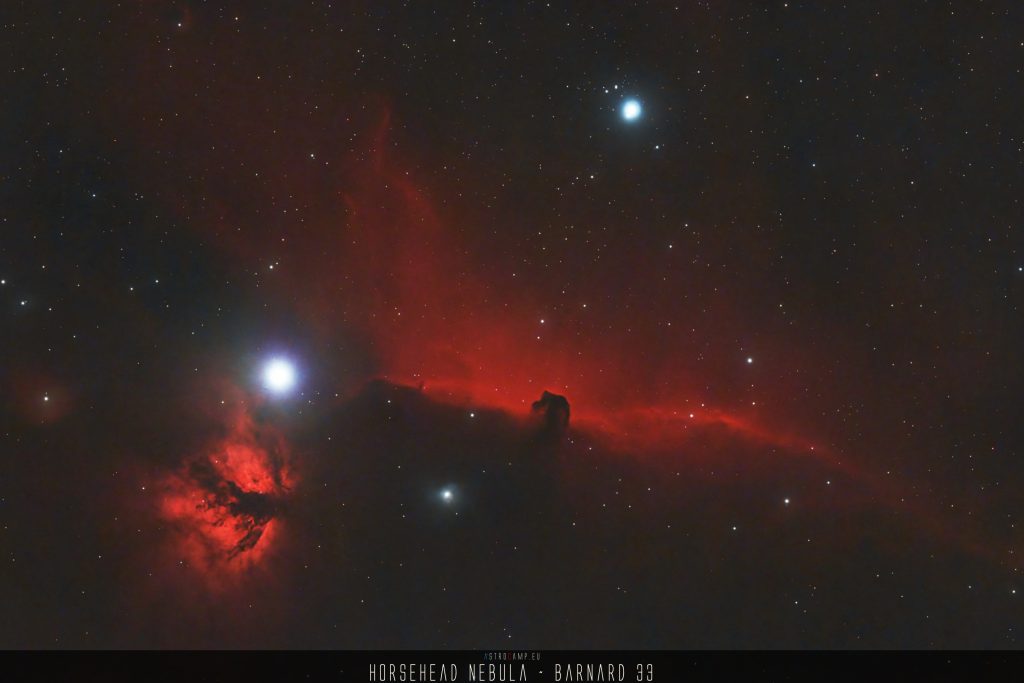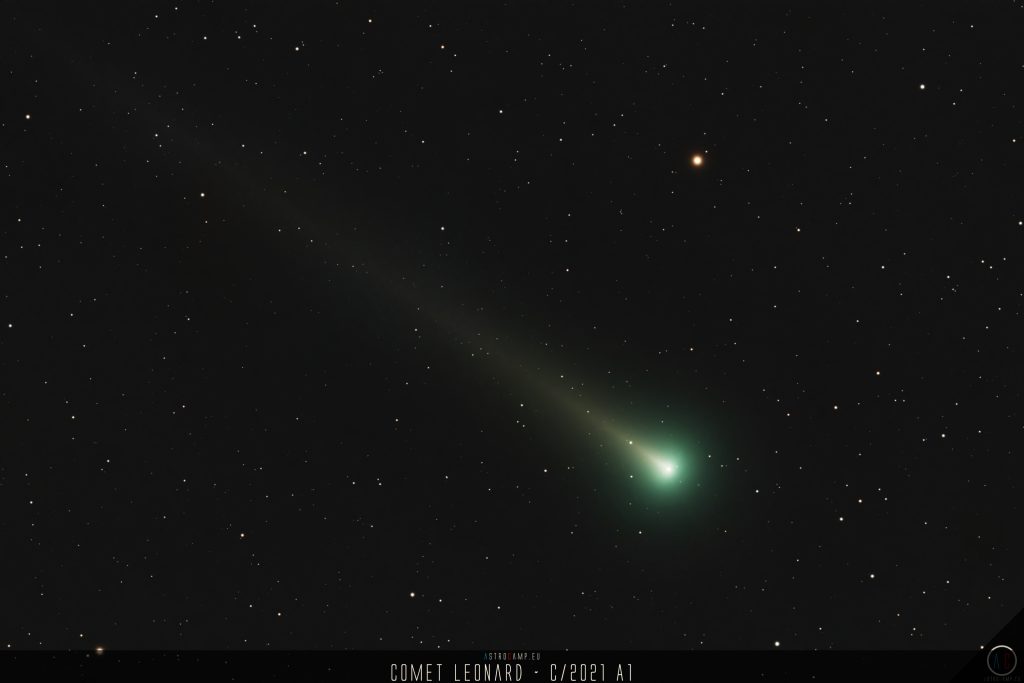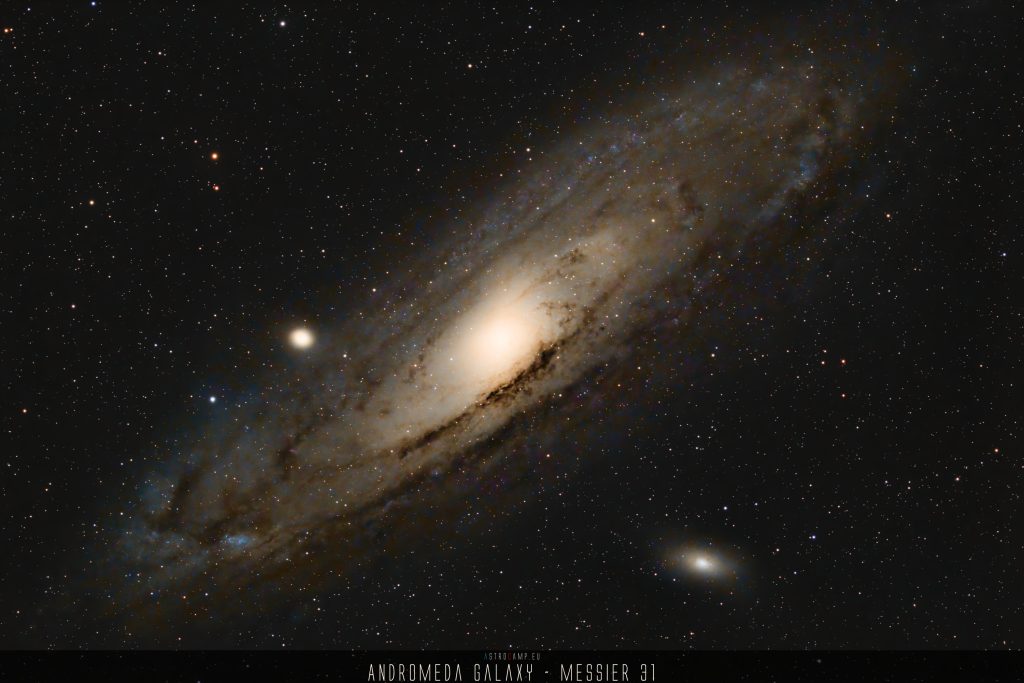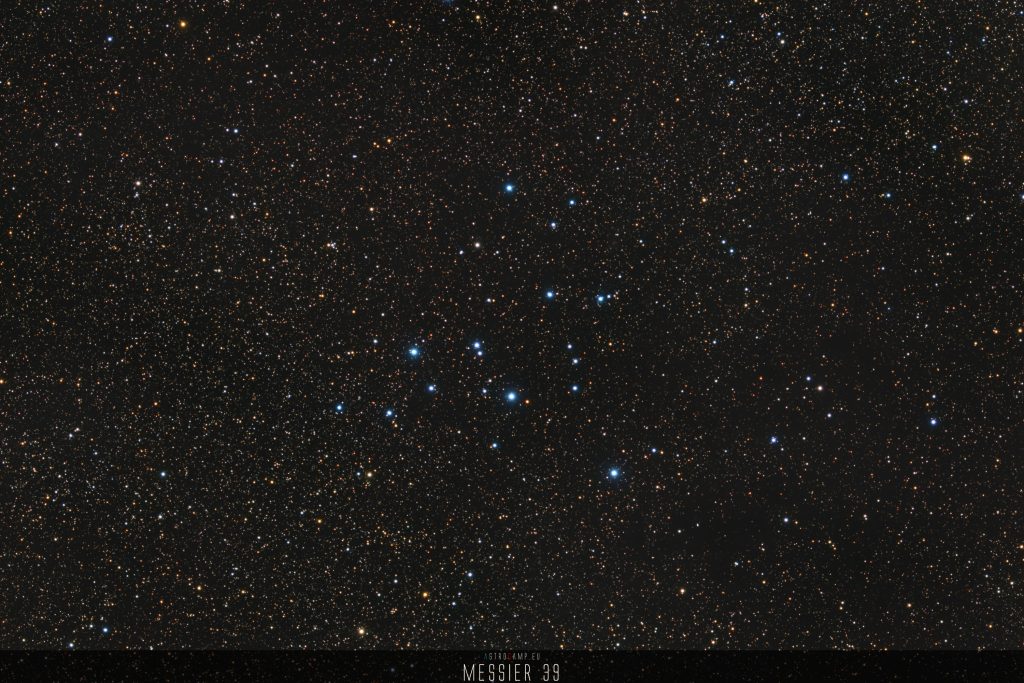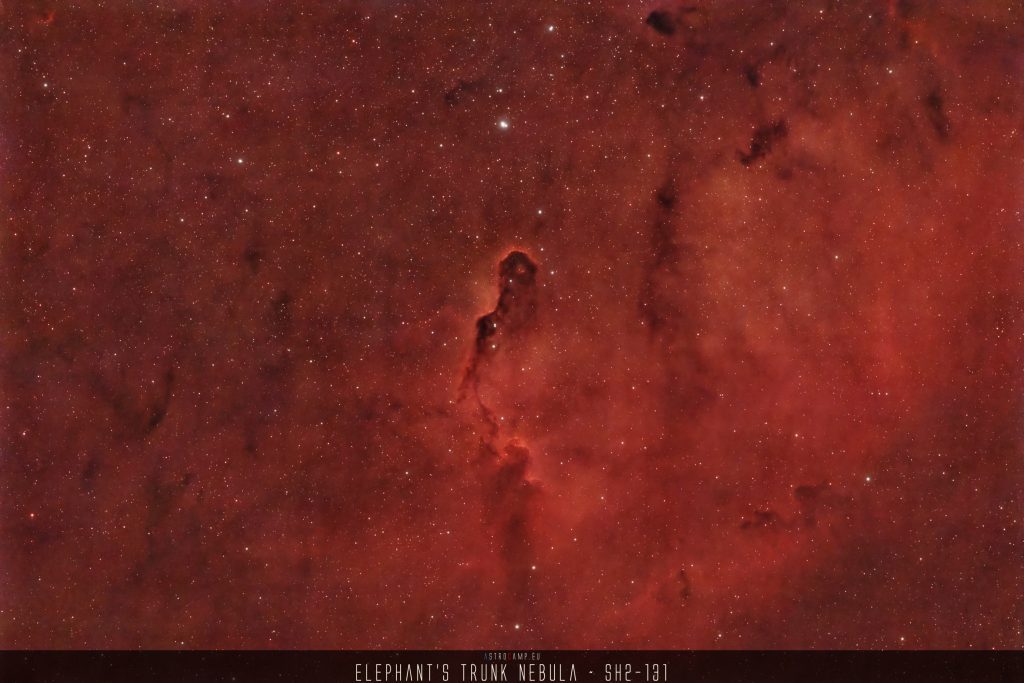The Andromeda Galaxy, also known as Messier 31, is a beautiful spiral galaxy located about 2.5 million light-years away from Earth. One of the most striking features of this galaxy is its size – it is the largest member of the Local Group of galaxies, which includes the Milky Way and several other smaller galaxies.
The Andromeda Galaxy is visible to the naked eye in dark skies and appears as a faint smudge of light. Through telescopes, its spiral arms can be seen stretching out from a bright central bulge, which contains a supermassive black hole. The galaxy is also home to many young, blue stars, which give it a beautiful blue hue in images.
In addition to its stunning appearance, the Andromeda Galaxy is also a fascinating object of study for astronomers. Its close proximity to Earth makes it an ideal target for observing and studying the properties and evolution of galaxies. Overall, the Andromeda Galaxy is a breathtaking sight in the night sky and a reminder of the vast beauty of the universe.
Location of the Andromeda Galaxy
The Andromeda Galaxy is located in the Andromeda constellation and is approximately 2.5 million light-years away from Earth.
The Andromeda Galaxy has several companion galaxies, including the two largest satellite galaxies M32 and M110, as well as NGC 147, NGC 185, Andromeda I-III, and Andromeda IV-VI. The interaction and gravitational influence between the Andromeda Galaxy and its companions result in complex structures.
Some unique facts
- The Andromeda Galaxy is the farthest object visible to the naked eye.
- The Andromeda Galaxy is the largest galaxy in the Local Group, which includes the Milky Way.
- The Andromeda Galaxy contains at least one trillion stars, which is about 5 times the number of stars in the Milky Way.
- The Andromeda Galaxy is approaching the Milky Way at a speed of about 110 km/s and will collide with our galaxy in about 4.5 billion years.
- The Andromeda Galaxy has an extremely massive central black hole with an estimated mass of over 100 million solar masses.
Brightness and size
The Andromeda Galaxy has an apparent visual magnitude of about 3.4 and an apparent size of about 3 degrees in the sky, which is more than six times larger than the full moon. The size of the Andromeda Galaxy is about 220,000 light-years in diameter, which is roughly twice the size of the Milky Way.


